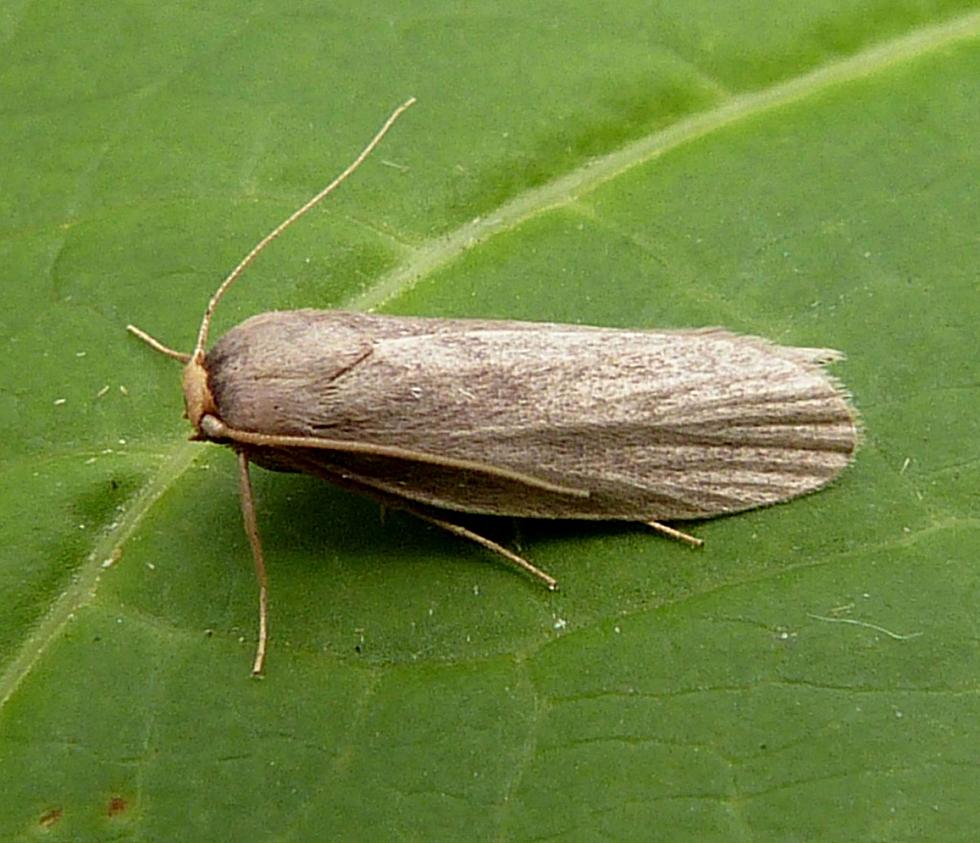
The Hearing Champion of the World is An Insect
Every 4th of July we receive reminders not to have pets (cats and dogs) join us for fireworks displays because of their sensitive hearing. This prompted me to research what animal has the best hearing in the world.
The answer is an insect. Yes, all insects are animals.
The average human hearing ranges between 20 Hz and 20 kHz and we have three muscles that assist us in completing the hearing process. This list is from a few different websites including bioexplorer.net and hearinghealthusa.
The top ten are listed below
- Wax Moth. All moths have incredible hearing abilities developed over time to evade the threat of predators. Moths can hear at a higher level than bats so they can avoid being a bat snack. The Wax Moth can generate ultrasonic sound pulses with a range of 30 Hz to 100 kHz.
- Bat. With poor eyesight, they are blind so rely heavily on hearing to survive. They use echolocation. Frequency range is 716 Hz to 113 kHz.
- Owl. Owls are nocturnal so they rely heavily on their sense of sight and sound to navigate in the dark. Most species have crooked ears. One placed slightly more forward than the other. The other higher up on the scalp. The difference in position allows an owl to pin point the exact location a sound is coming from to help in locating small prey while hunting in the dark. Frequency range is 200 Hz to 12 Hz.
- Elephant. Elephants hearing range is 16 Hz to 12,000 Hz. Not only are their monster sized ears used for hearing but they also help keep them cool. In hot temperatures elephants use the large surface area of their ears, and their thin skin to help regulate body temperature.
- Dog. Wolves are listed here too. The reason your dog is eagerly waiting for you at the door is it heard you long before it was able to see you. Dogs and wolves can hear sounds as low as 5 to 15 db all the way up to 25 kHz.
- Cat. They are right up there with dogs. The average range between 45 Hz to 64,000 Hz. A cat's ears are controlled by 3 dozen muscles in each ear allowing them to rotate their ears 180 degrees. That means they are catching sounds all around them.
- Horse. Keen hearing is essential to their survival. When lying down in a group one always acts like a lookout for the others to warn them if danger is approaching. Their range is from 55 Hz to 33,500 Hz. Horses have excellent eyesight particularly at night.
- Dolphin. Dolphins have exceptional eyesight as well as hearing. Like bats they rely on echolocation to determine where to go. They hear sounds by their throats. They have an organ called melon from which they send high frequency clicks. Dolphins can hear from any direction under water. Hearing range is 90 Hz to 105,000 Hz.
- Rat. Due to the close proximity of the ears with each other they can pinpoint the exact location a sound is coming from. They don't lose their hearing with age like many of us humans and other animals do. Range is from 250 Hz to 80 kHz so much higher than humans. In fact the rat gets into the ultrasound category.
- Pigeon. Infrasound is the term used for sounds lower than humans can detect. Pigeons can hear these frequencies even though they reside in urban areas with lots of noise. The average pigeon can hear sounds as low as 0.5 Hz. They can detect distant storms, earthquakes, even volcanoes. They have been called the best navigators in the world.
This is very fascinating information but my question is can they identify each sound? For example can they discern a jackhammer from a crying baby? Or is it just a noise to them?
If you are interested in cats you might want to check this out.
Why do cats have whiskers? Why do they meow? Why do they nap so much? And answers to 47 other kitty questions:
If you are a dog enthusiast here is some information for you.
LOOK: Here Are 30 Foods That Are Poisonous to Dogs
More From Fun 104










